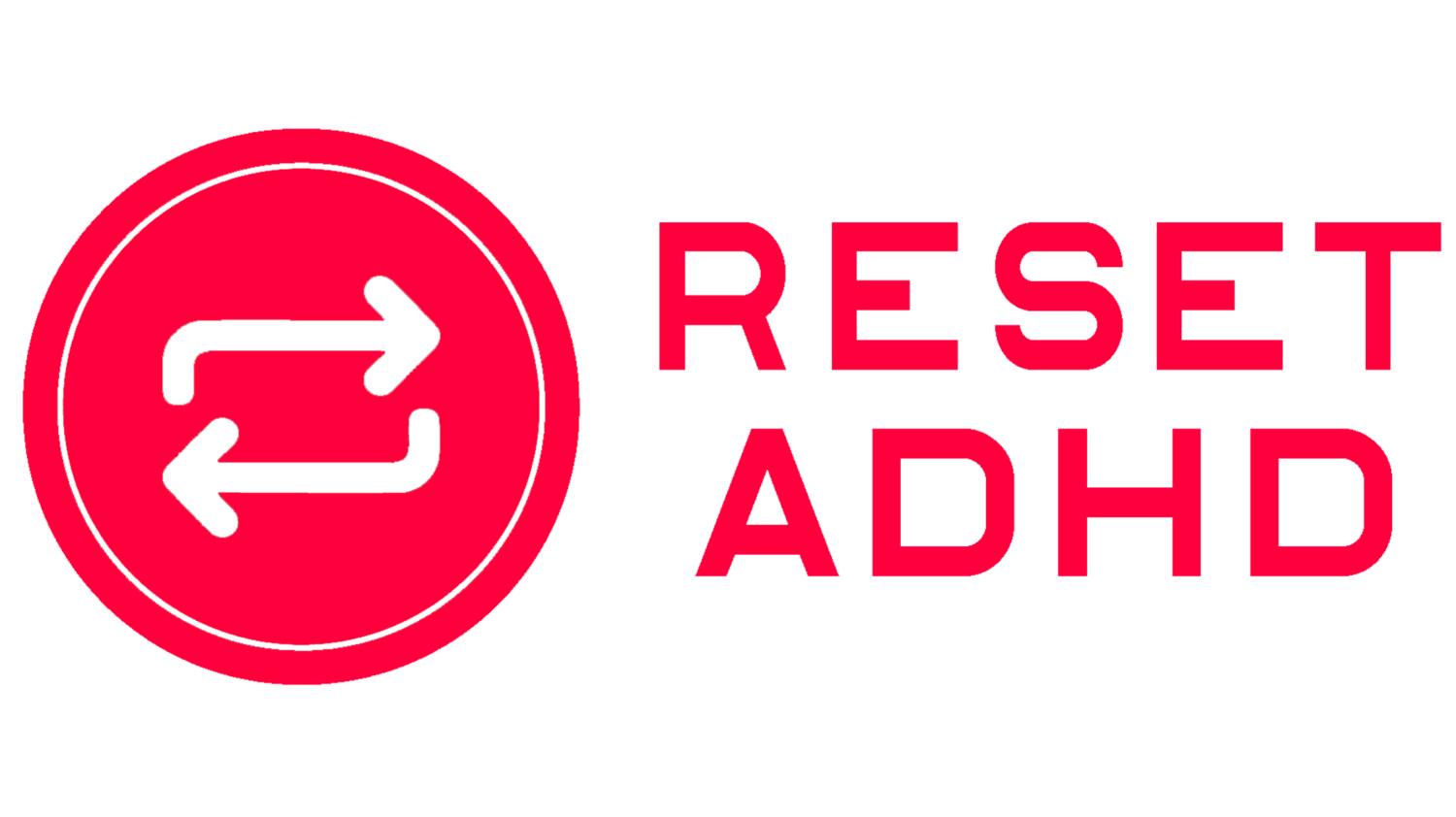Remembering Your ADHD Ideas: Tips for Capturing and Preserving Creativity
GET YOUR FREE RESET SESSION BOOKED BEFORE THE END OF THE YEAR
Those of us with ADHD get a lot of ideas. They flow like a rushing river. However, our memories aren’t the greatest because of our ADHD. This can make it difficult to remember all of the ideas we have had, good or bad. So, when you have an idea that you want to remember, how do you capture it and hold onto it?
Externalize
Those of us with ADHD might not have an interior filing system. If we do have one, it is inadequate for the vast amount of information we desire to store. The key, then, is to create an external filing system, something outside of us so that we do not rely on our brains’ fickle ability to remember things. We need something external because, as I said already, our internal system is not going to get the job done. There are two key ways of capturing our ideas.
Notebook
One of the best ways to remember something is to write it down. Having a notebook for ideas can be a great way of doing this. There are many ways to use a notebook and many different sizes of notebooks. What will work best for you? Do you just need to write things down, or do you need an organizational system that allows you to gather your thoughts while avoiding a jumbled mess of words? What size notebook do you need? Do you need something small and easy to transport, or can you get by with a regular sized notebook? Each option has its advantages and disadvantages. Explore your options, and choose the one that seems most natural to you.
Phone
Nowadays, our phones are powerful and capable of doing many things for us. One thing they are excellent at doing is capturing our ideas. Not only can we write notes on our phone, but we can also dictate an audio note to our phone. Within the options are other options. For example, iPhones come with a note taking app, but there is not much ability to organize one’s notes. However, there are other apps, such as Evernote, that allow more organization of notes. The voice memo option is handy if you do not want to or cannot write a note. It can also provide more emotion than a written note, allowing to access your state of mind when you review the note later. All of these options and sub-options are handy, but is it what works best for you?
The Important Thing
The important thing to remember when choosing a note-taking system is the accessibility of your system. We seldom (if ever) have control over when an idea comes to us. It is therefore imperative to always have your system at the ready. A pen and notebook can travel with you, but a smaller notebook is easy to transport. Additionally, we generally always have our phones on us. A phone might be a better choice than a notebook. A phone is more durable and easier to store than a notebook.
So, what system do I use? I use an all-of-the-above approach. I have a notebook for when I am in meetings and need to remember what was discussed. I also have a separate notebook for therapy notes. Moreover, I have purchased a water-proof notebook for the shower. Ideas can often come while we are showering, so I have prepared for that eventuality. So, I have multiple notebooks, but I have my phone, as well. I have tried carrying a tiny notebook with me as I went about my day-to-day life, but it became damaged quite easily. I now rely on my phone when out and about. I tend to use Evernote for important things that need more organization, and for less important notes, I use the notes app on my iPhone. I rarely use the voice memo app on my phone. The downside to this all-of-the-above system is remembering where I put what, but I have general rules that dictate what goes where, and I haven’t run into any major problems having notes all over the place. I generally know where I put what note.
That works for me. What will work for you?
